#worldwar
Text

Finnish sentry from the Infantry Regiment 15 at the Sirkiä sector, Karelian Isthmus. January 16, 1942.
Infantry Regiment 15, established in Satakunta was a unit of the 15th Division in the Continuation War.
••••••••
Jalkaväkirykmentti 15:n vartiomies taisteluhaudassa Sirkiän lohkolla, Karjalan kannaksella, 16.1.1942.
Satakunnassa perustettu jalkaväkirykmentti 15 oli 15. divisioonan joukkoyksikkö jatkosodassa.
••••••••
[ sa-kuva | 70174 | H.Tornia ]
#wwii#worldwar2#jhlcolorizing#colorizing#wwii history#finland#suomi#worldwartwo#ww2photos#colourised#worldwar#worldwarii#world war 2#ww2pics#colourized#colorized#jatkosota#continuationwar#ww2 continuationwar#continuation war#war history#historia#suomisodassa
30 notes
·
View notes
Text

My collection of First Printing Worldwar novels grows.
13 notes
·
View notes
Text

LIDMF AI
"Second Alien World War"
#soldieres#ww2#worldwar2#worldwar#trooper#assault#aliens#extraterrestials#attack#attack the block#military#infantry#bélico#war#war machine#vietnam#end#judgment day#apocalypse#war of the worlds#alien vs predator#lol#fantastic#a.i.#artificial intelligence#inteligência artificial#artificially generated#photoshop#wtf#omg
20 notes
·
View notes
Text
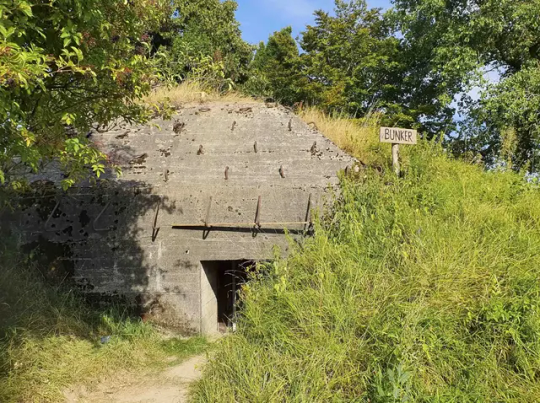
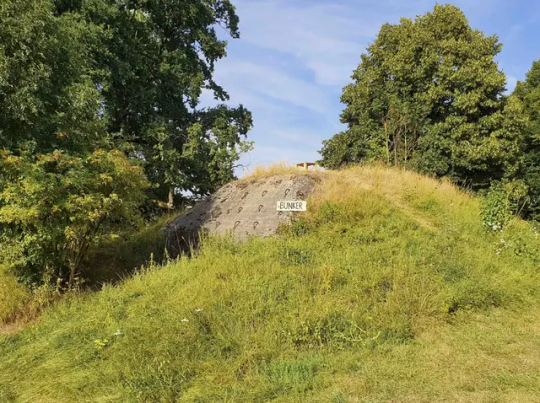
Fort Vuren, the Netherlands - 2022
#fortvuren#bunker#worldwar#war#travel#reizen#architecture#architectuur#photography#fotografie#landschap#landscape#samsung#holland#netherlands
23 notes
·
View notes
Text

It is your voice that is likely to reach people who have not considered what Palestinian occupation really means.
And realistically, it is your solidarity that can help shift public opinion in the west.
Please watch Born in Gaza on netflix or motaz_azaiza on instagram 🙏🏼
#tel aviv#pray for israel#israil#i stand with israel#i stand with palestine#palestine#israel#gaza strikes#cnn#israël#mountain music#music#lady gaga#celenagomez#taylor swift#trending#gaza strip#Gaza#worldwar#russia#ukraine#uk#news live#bbc#hudabeauty#rare beauty#mark ruffalo#mohammadsalah#egypt#rahmazain
16 notes
·
View notes
Text

Throwback to this gem
14 notes
·
View notes
Text

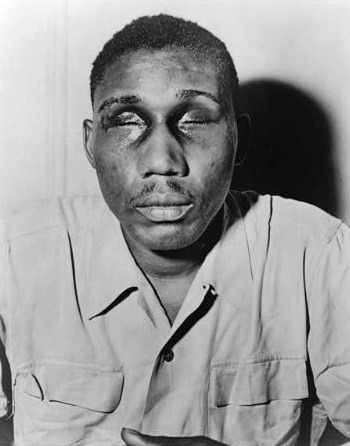
“He helped defend his nation from a fearful enemy, came home to find that he still wasn’t free.”
February 12, 1946.
That day Isaac Woodard Jr. was on a Greyhound Lines bus traveling from Camp Gordon in Augusta, Georgia, where he had been discharged, in route to rejoin his family in North Carolina. When the bus reached a rest stop just outside Augusta, Woodard asked the bus driver if there was time for him to use a restroom. The driver grudgingly acceded to the request after an argument. Woodard returned to his seat from the rest stop without incident, and the bus departed. The bus stopped in Batesburg (now Batesburg-Leesville, South Carolina), near Aiken in the Jim Crow south.
Though Woodard had caused no disruption, the driver contacted the local police (including Chief of Police Lynwood Shull), who forcibly removed Woodard from the bus. After demanding to see his discharge papers, a number of policemen, including Shull, took Woodard to a nearby alleyway, where they beat him repeatedly with nightsticks. They then took Woodard to the town jail and arrested him for disorderly conduct, accusing him of drinking beer in the back of the bus with other soldiers. The attack left Woodard permanently blind.
The following morning, the police sent Woodard before the local judge, who found him guilty and fined him fifty dollars. The soldier requested medical assistance, but it took two more days for a doctor to be sent to him. Not knowing where he was and suffering from amnesia, Woodard ended up in a hospital in Aiken, South Carolina, receiving substandard medical care. Three weeks after he was reported missing by his relatives, Woodard was discovered in the hospital. He was immediately rushed to a US Army hospital in Spartanburg, South Carolina. Though his memory had begun to recover by that time, doctors found both eyes were damaged beyond repair.
On September 19, 1946, seven months after the incident, NAACP Executive Secretary Walter Francis White met with President Harry S. Truman to discuss the Woodard case. The following day, Truman wrote a letter to Attorney General Tom C. Clark demanding that action be taken to address South Carolina's reluctance to try the case. Six days later Truman directed the United States Department of Justice to open an investigation in the case. A short investigation followed, and Shull and several of his officers were indicted in U.S. District Court in Columbia, South Carolina. It was within federal jurisdiction because the beating had occurred at a bus stop on federal property and at the time Woodard was in uniform of the armed services.
The case was presided over by Judge Julius Waties Waring. By all accounts, the trial was a travesty. The local U.S. Attorney charged with handling the case failed to interview anyone except the bus driver, a decision that Waring, a civil rights proponent, believed was a gross dereliction of duty. Waring would later write of his disgust of the way the case was handled at the local level. The behavior of the defense was no better. When the defense attorney began to shout racial epithets at Woodard, Waring had it stopped immediately. During the trial, the defense attorney also stated to the jury that "if you rule against Shull, then let this South Carolina secede again."
After Woodard gave his account of the events, Shull firmly denied it, claiming that Woodard had threatened him with a gun, and that Shull had used his nightclub to defend himself. During this testimony, Shull admitted that he repeatedly struck Woodard in the eyes. After thirty minutes of deliberation, Shull was found not guilty on all charges despite his admission that he had blinded Woodard. The courtroom broke into applause upon hearing the verdict. Shull was never punished, dying in Batesburg on December 27, 1997, at the age of 95.
Woodard moved north after the trial during the Second Great Migration and lived in the New York City area for the rest of his life. He died aged 73 in the Veterans Administration hospital in the Bronx on September 23, 1992. He was buried with military honors at the Calverton National Cemetery (Section 15, Site 2180) in Calverton, New York.
•••
“Ayudó a defender a su nación de un enemigo temible, volvió a casa y descubrió que todavía no era libre”.
12 de febrero, 1946.
Ese día, Isaac Woodard Jr. viajaba en un autobús de Greyhound Lines desde el Campo Gordon, ubicado en Augusta, Georgia, donde fue dado de alta con honores. Iba en camino a Carolina del Norte para reunirse con su familia. Cuando el autobús llegó a una parada de descanso en las afueras de Augusta, Woodard le preguntó al conductor del autobús si había tiempo para que él pudiera ir al baño. El conductor accedió de mala gana a la solicitud después de una discusión. Woodard regresó a su asiento desde la parada de descanso sin incidentes y el autobús partió. El autobús se detuvo en Batesburg (ahora Batesburg-Leesville, Carolina del Sur), cerca de Aiken en el sur de Jim Crow.
Aunque Woodard no causó ningún daño, el conductor se puso en contacto con la policía local (incluido el jefe de policía Lynwood Shull), quienes sacaron a Woodard del autobús a la fuerza. Después de que exigieron ver sus documentos de alta, varios policías, incluyendo Shull, llevaron a Woodard a un callejón cercano, donde lo golpearon repetidamente con bastones. Luego llevaron a Woodard a la cárcel y lo arrestaron por alteración del orden público, acusándolo de beber cerveza en la parte trasera del autobús con otros soldados. El ataque dejó a Woodard permanentemente ciego.
A la mañana siguiente, la policía envió a Woodard ante el juez local, quien lo declaró culpable y lo multó con cincuenta dólares. El soldado solicitó asistencia médica, pero tomaron dos días más para que le enviaran un médico. Sin saber dónde estaba y sufriendo de amnesia, Woodard terminó en un hospital en Aiken, Carolina del Sur, recibiendo atención médica deficiente. Tres semanas después de que sus familiares lo reportaran como desaparecido, Woodard fue descubierto en el hospital. Inmediatamente fue trasladado de urgencia a un hospital del Ejército de EE. UU. en Spartanburg, Carolina del Sur. Aunque su memoria había comenzado a recuperarse en ese momento, los médicos encontraron que ambos ojos estaban dañados sin posibilidad de reparación.
El 19 de septiembre de 1946, siete meses después del incidente, el secretario ejecutivo de la NAACP (Asociación Nacional para el Desarrollo de la Gente de Color), Walter Francis White, se reunió con el presidente Harry S. Truman para discutir el caso de Woodard. Al día siguiente, Truman escribió una carta al fiscal general Tom C. Clark exigiendo que se tomaran medidas para abordar la renuencia de Carolina del Sur para juzgar el caso. Seis días después, Truman ordenó al Departamento de Justicia de los Estados Unidos que abriera una investigación sobre el caso. Siguió una breve investigación y Shull y varios de sus oficiales fueron acusados en el Tribunal Distrital de los Estados Unidos ubicado en Columbia, Carolina del Sur. Fue dentro de la jurisdicción federal porque la golpiza se había producido en una parada de autobús en una propiedad federal y en ese momento Woodard vestía el uniforme de las fuerzas armadas.
El caso fue presidido por el juez Julius Waties Waring. Según todos los informes, el juicio fue una farsa. El fiscal federal local encargado de manejar el caso no entrevistó a nadie excepto al conductor del autobús, una decisión que Waring, un defensor de los derechos civiles, consideró un grave incumplimiento del deber. Waring escribiría más tarde sobre su disgusto por la forma en que se manejó el caso a nivel local. El comportamiento de la defensa no fue mejor. Cuando el abogado defensor comenzó a gritar insultos raciales a Woodard, Waring lo detuvo de inmediato. Durante el juicio, el abogado defensor también le dijo al jurado que "si dictaminan en contra de Shull, entonces dejen que esta Carolina del Sur se separe nuevamente".
Después de que Woodard dio su versión de los hechos, Shull lo negó firmemente, alegando que Woodard lo había amenazado con un arma y que Shull había usado su bastón para defenderse. Durante este testimonio, Shull admitió que golpeó repetidamente a Woodard en los ojos. Después de treinta minutos de deliberación, Shull fue declarado inocente de todos los cargos a pesar de que admitió que había cegado a Woodard. Comenzaron a aplaudir en la sala del tribunal después de escuchar el veredicto. Shull nunca fue castigado, murió en Batesburg el 27 de diciembre de 1997, a la edad de 95 años.
Woodard se mudó al norte después del juicio durante la Segunda Gran Migración y vivió en la ciudad de Nueva York por el resto de su vida. Murió a los 73 años en el hospital de la Administración de Veteranos ubicado en el Bronx el 23 de septiembre de 1992. Fue enterrado con honores militares en el Cementerio Nacional de Calverton (Sección 15, Sitio 2180) en Calverton, Nueva York.
#blacklivesalwaysmatter#blacklivesmatter#english#spanish#blackhistory#history#read#share#blackpeoplematter#culture#blackhistorymonth#knowyourhistory#like#follow#blackmenmatter#black children matter#black women matter#newpost#veteran#worldwar#knowledge#long post#blm#civil rights#human rights#justice system#justice
66 notes
·
View notes
Photo
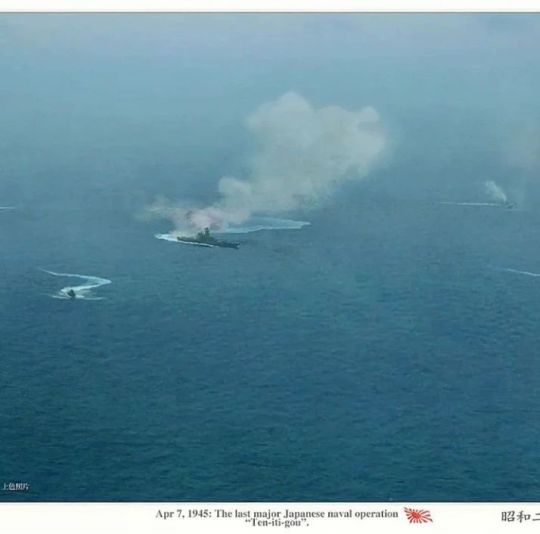
🇪🇸: El 7 de abril de 1945 los japoneses llevaron a cabo su última misión marítima de gran escala, llamada Ten-Go. En ella usarían al acorazado Yamato como bastión costero para defender las islas de Okinawa. La flota fue interceptada, atacada y hundida por las tropas estadounidenses. 🇬🇧: On April 7, 1945, the Japanese carried out their last large-scale maritime mission, called Ten-Go. In it they would use the battleship Yamato as a coastal bastion to defend the islands of Okinawa. The fleet was intercepted, attacked and sunk by American troops. #battleship #SGM #GuerraMundial #DKM #regiamarina #MarineNationale #Marine #IJN #JapaneseNavy #segundaguerramundial #guerra #wwii #Historia #Story #Marines #RoyalNavy #USNavy #worldwar2 #Navy #worldwar #warship #kriegsmarine #history #carrier #aircraftcarrier #destroyer https://www.instagram.com/p/CqApucvOefX/?igshid=NGJjMDIxMWI=
#battleship#sgm#guerramundial#dkm#regiamarina#marinenationale#marine#ijn#japanesenavy#segundaguerramundial#guerra#wwii#historia#story#marines#royalnavy#usnavy#worldwar2#navy#worldwar#warship#kriegsmarine#history#carrier#aircraftcarrier#destroyer
10 notes
·
View notes
Link
The ATLANTIKWALL in Raversyde is one of the best-preserved remains of the German defensive line during the First World War. Thanks to its exceptional preservation, for decades the ATLANTIKWALL was carefully walled in and today it is the only intact original wall from the 1914-1918 world war that can be found in an urban environment.
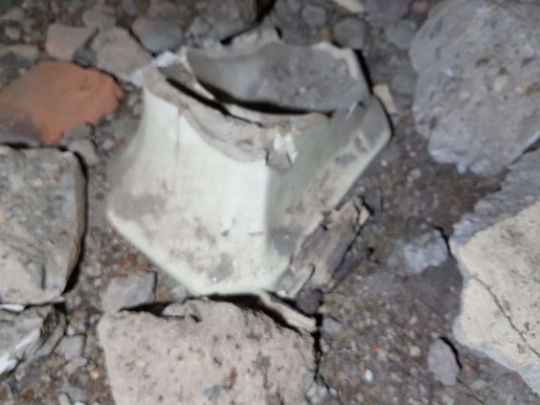

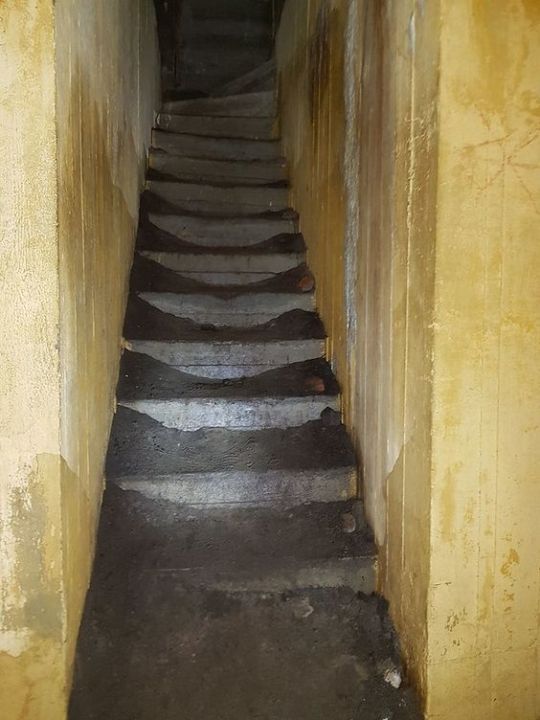

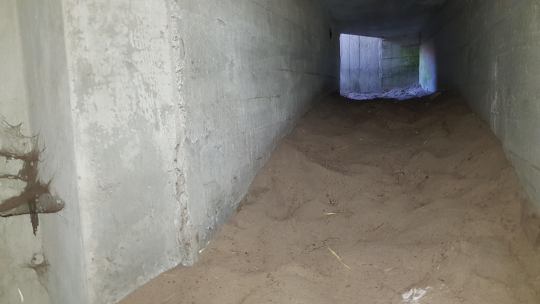


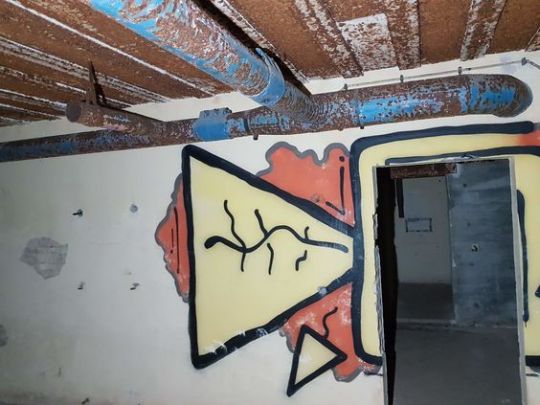
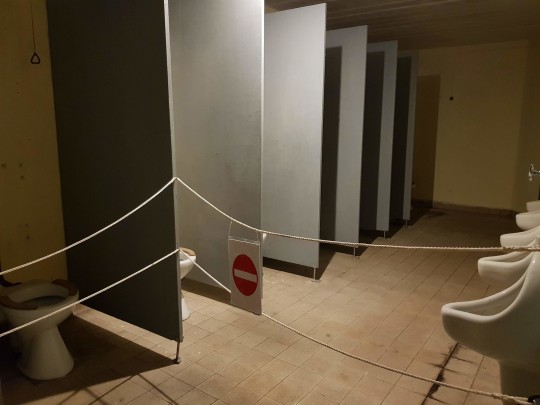



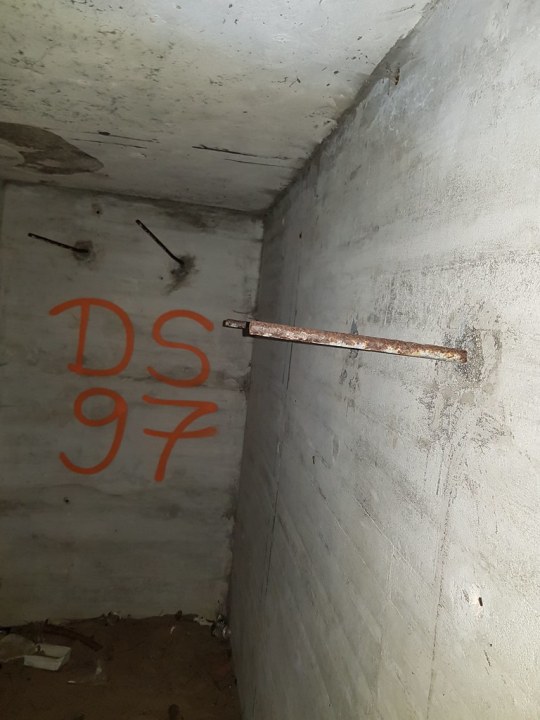
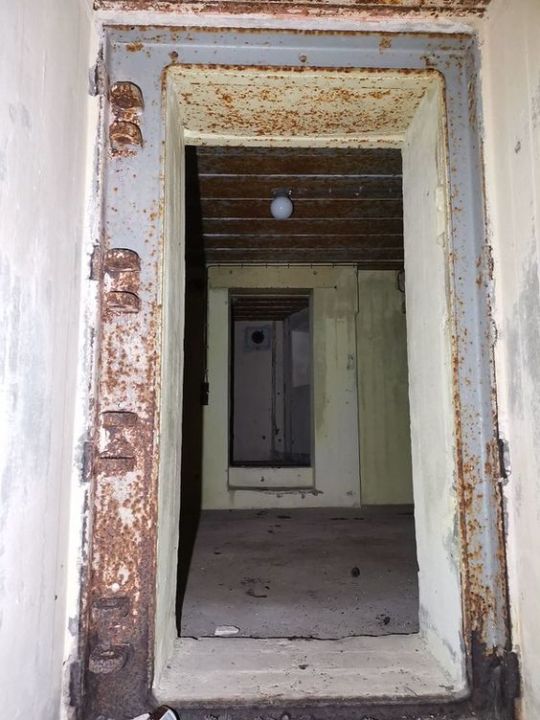
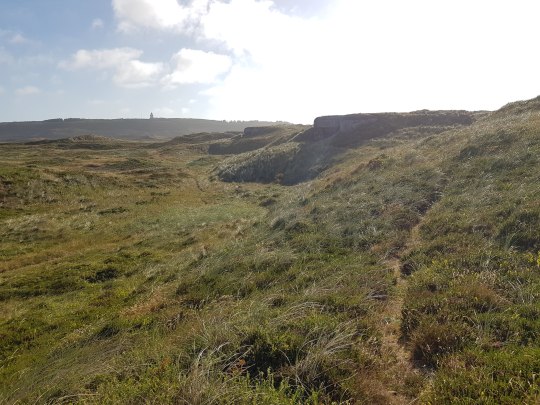
Telegram Pinterest Facebook Tumblr URL Shortener Reddit Website Tiktok Youtube Flickr Instagram Twitter
Pinterest boardsSites:







Archives:
what is the atlantic wall
what you need to know about atlantic
hitler built the atlantic wall
the atlantic wall was built for hitlers east
what was the atlantic wall
underground bunkers are common place
the atlantic wall project was ordered by hitler
explore abandoned cold war nuclear
explore abandoned and derelict sites
nuclear bunkers used during cold war
the appetizing list abandoned places
german atlantic wall built in 1944
each photo is of completely different
#atlanticwall#dday#worldwar#bunkers#afterthewar#warphotography#worldwar2#wwii#Atlantic_Wall#bunkerimages#ww#germanbunker#ww2#history#bunkerbuilder#Regelbau#secondworldwar#ww2history#germany#atlanticwalleurope
9 notes
·
View notes
Link
Explore the structure of an abandoned wartime bunker with these cool 3D images.
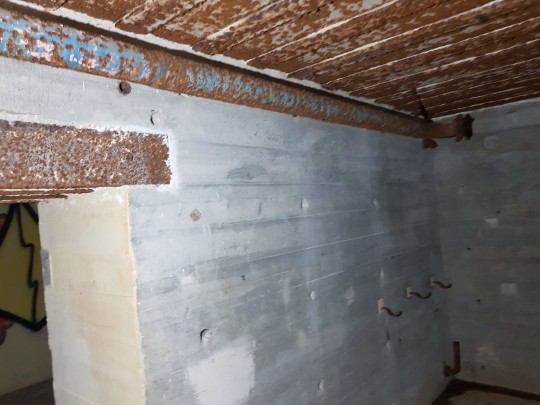
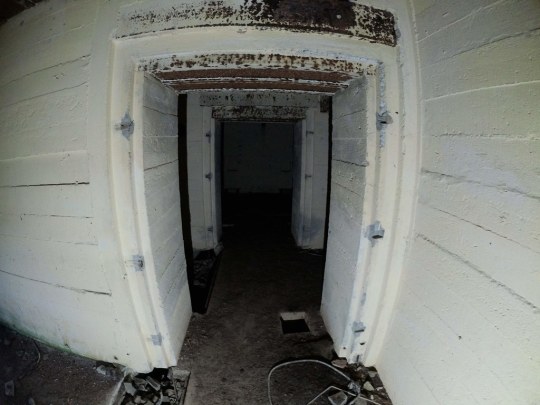



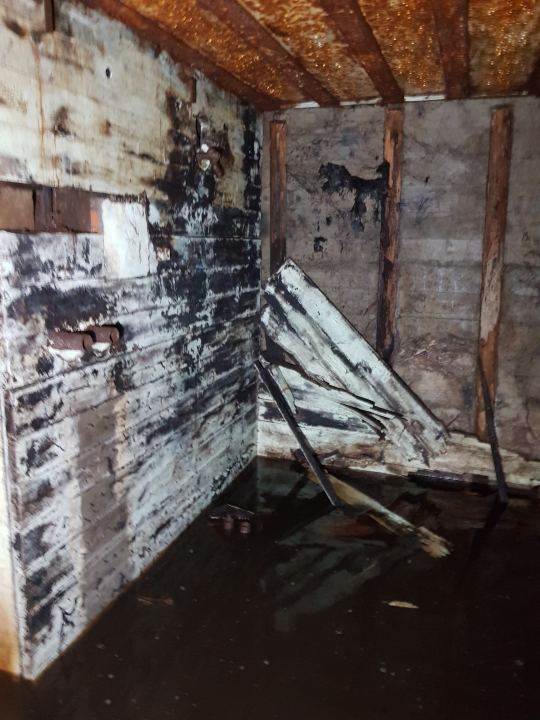


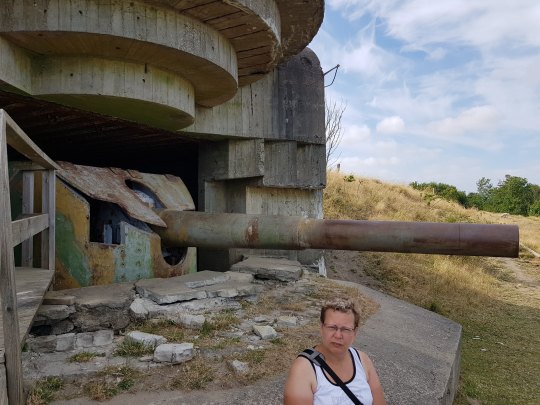

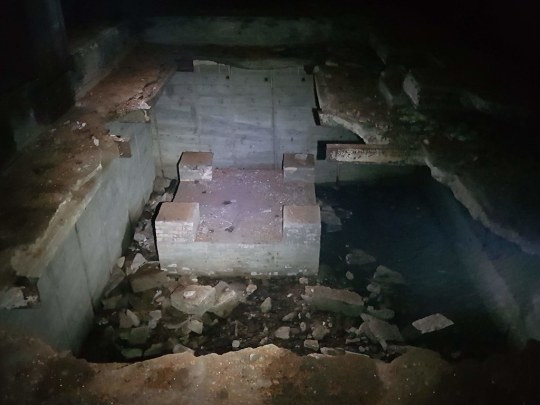


Instagram Twitter URL Shortener Facebook Telegram Flickr Tiktok Tumblr Website Reddit Pinterest Youtube
Pinterest boardsSites:







Related Sites:
a photo book of the atlantic wall during d day
the atlantic wall was supposed to
abandoned and lost places in europe
cold war bunker sites
the bunkers are now deserted
abandoned places in europe
bunker at sheriff muir military
learn about the atlantic wall
the atlantikwall in ravensburg
atlantic wall in the ages
the atlantic wall on the 70th anniversary
hike through abandoned ruins
did you know atlantic wall still exists
channel islands remain safe after wwii
abandoned wwii bunker chilling out
#atlanticwall#secondworldwar#bunkerimages#ww2#warphotography#germanbunker#history#nomorewar#germany#ww2history#afterthewar#wwii#worldwar2#bunkers#bunker#worldwar#war#Regelbau#dday#ww
8 notes
·
View notes
Text
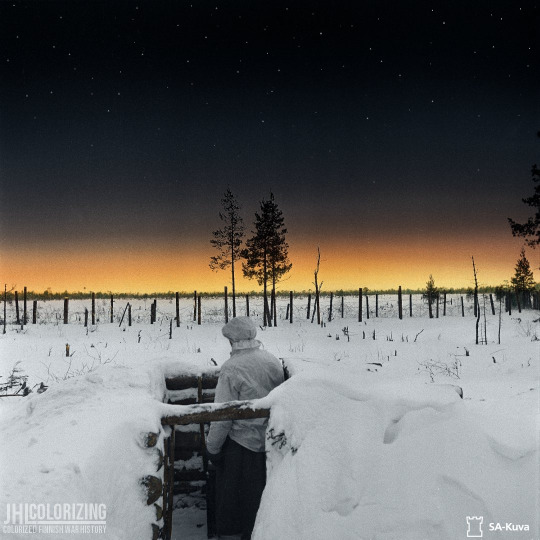
Happy Independence Day Finland!
Finnish sentry from the Infantry Regiment 7 (Regiment of Tyrjä) at the Ohta sector, December 6, 1942.
We are proudly conscious of the historic duty which we shall continue to fulfil; the defence of that Western civilisation which has been our heritage for centuries.
Commander-in-Chief’s Order of the Day No. 34
••••••••
Hyvää itsenäisyyspäivää Suomi!
Jalkaväkirykmentti 7:n (Tyrjän Rykmentti) vartiomies Ohdan lohkolla itsenäisyyspäivänä, 6.12.1942.
Meillä on ylpeä tietoisuus siitä, että meillä on historiallinen tehtävä, jonka me edelleen täytämme; länsimaisen sivistyksen suojaaminen, joka vuosisatoja on ollut meidän perintömme.
Ylipäällikön päiväkäsky N:o 34
••••••••
[ sa-kuva | 116408 | J.Taube ]
#wwii#worldwar2#jhlcolorizing#wwii history#finland#worldwartwo#ww2photos#history#wwiihistory#continuation war#worldwar#world#worldwarii#world war 2#war history#war#suomisodassa#sotahistoria#historia#colourized#colourised#colorizing#colorized#artistic
36 notes
·
View notes
Text
youtube
Call of Duty: World at War - Hard Landing
#worldatwar#ww#cod#modernwarfare#zombies#CallofDuty#worldwar#codzombies#mw#warzone#worldwartwo#codmemes#memes#gaming#meme#gamer#pc#war#wwii#treyarch#activision#Youtube#hardlanding
1 note
·
View note
Video
youtube
The Last American Killed in Action During WWI (Documentary)
2 notes
·
View notes
Text

Fort Breendonk, Belgium - 2017
#breendonk#fortbreendonk#belgium#belgique#travel#photography#reizen#fotografie#books#words#letters#history#war#worldwar
18 notes
·
View notes
Text
Nuclear powers: 8 Nations with Atomic Capabilities..
-
-
6 notes
·
View notes
Text
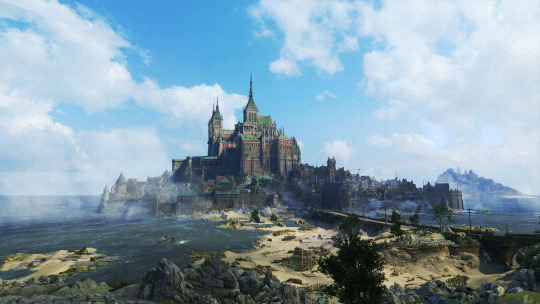
I want to live here | Sniper Elite 5 | Xbox Series X | In Game Photo Mode
#sniper elite 5#karl fairburne#sniper elite game#rebellion#castle#france#worldwar#world war 2#world war second#sniper elite v2#world war two#second world war#world war ii#wwii#1lhm#virtual photography#gamersofinstagram#gamescreenshot#games#gamephotography#video game photography#video games#virtualphotography#gameart#gamingscreenshots#gaming#videogames#photo mode#photoshoot#photographer
16 notes
·
View notes